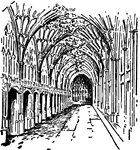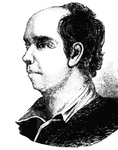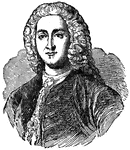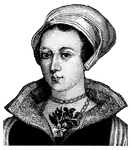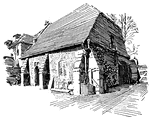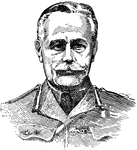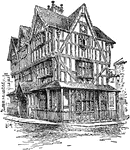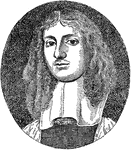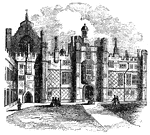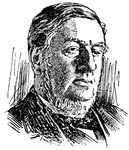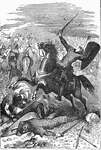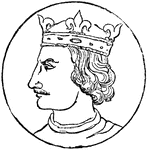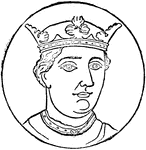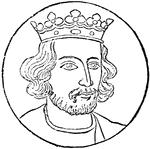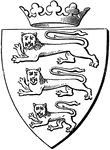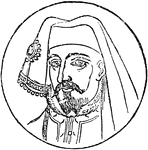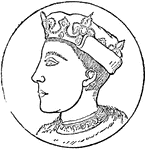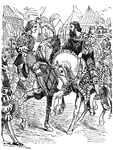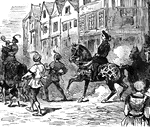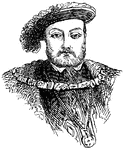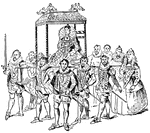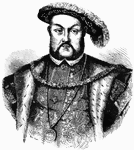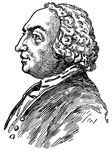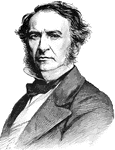
William E. Gladstone
William Ewart Gladstone (1809 – 1898) was a British statesman of the Liberal Party. In a career lasting…

Gloucester Cathedral
"Lady Chapel of Gloucester Cathedral, England, looking toward the nave." -Whitney, 1911
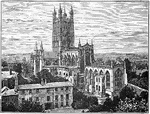
Gloucester Cathedral (Abbey) Church
The cathedral consists of a Norman nucleus (Walter de Lacy is buried there), with additions in every…
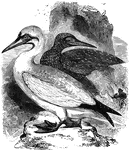
Soland Goose
Also known as common gannet and as the channel-goose, the soland-goose is common to the sea between…
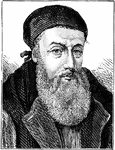
Archbishop Edmund Grindal
Edmund Grindal (c. 1519 – 6 July 1583) was an English church leader who successively held the…

Guinea of Charles II
An English gold piece, struck during the reign of Charles II. They are called guineas because they were…

Hand-Bell
This hand-bell is found in Birmingham, England. The handle shows puck (mythological fairy character)…
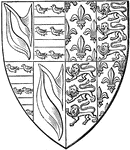
Shield of John de Hastings
"Shield of John de Hastings, K.G., Earl of Pembroke, Quatering De Hastings and De Valence, and impaling…
Henry III of England
Henry III (1207 – 11272), also known as Henry of Winchester, was King of England, Lord of Ireland…
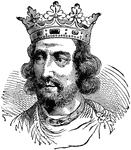
Henry III of England
Henry III (1 October 1207 – 16 November 1272) was the son and successor of John "Lackland" as…
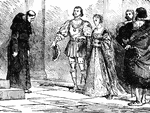
Henry the VIII and His Wives
Henry VIII was married six times during his life. First, to Catherine of Aragon, Anne Boleyn, Jane Seymor,…

Henry VII
Known greatly as the king of hearts, or the man of ruthless wonder, Henry was born in Pembroke Castle,…

House in Maiden Lane in which Turner was born
The artist is unknown for the drawing of the childhood home of William Turner. The house on Maiden Lane…
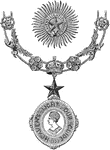
Insignia of the Order of the Star of India
"This Order was instituted by Her Majesty the Queen, in the year 1861, for bestowing honor upon the…
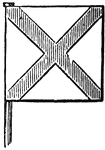
Ireland, St. Patrick's Banner
Ireland, St. Patrick's Banner. St. Patrick is the patron saint of Ireland.



